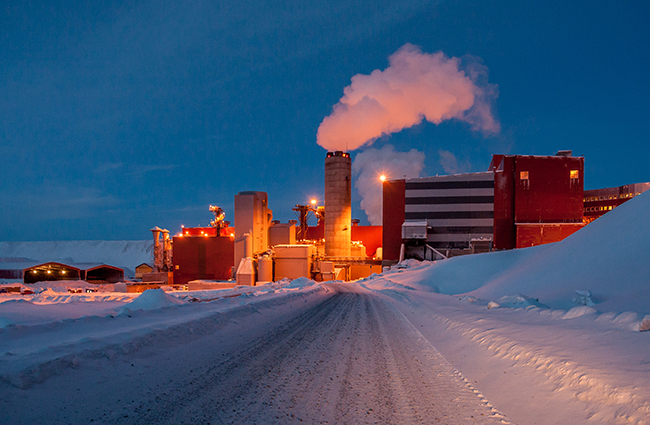More consistent pollution control, increasing the scope to include mines and battery manufacturers and and enabling victims of illegal polltution to seek compensation are some of the wins, when the revised Industrial emissions directive entered into force.
The Industrial Emissions Directive 2024/1785 has recently (4th of August) come into force and amends the previous Directive 2010/75. This update aims to tighten regulations on industrial emissions by updating the definition of pollution and establishing stricter limits on emissions from industrial installations. The concept of pollution now encompasses the "direct or indirect introduction, as a result of human activity, of substances, vibrations, heat, noise or odour into air, water or land which may be harmful to human health or the quality of the environment."
A significant change in the Directive is the replacement of Article 15, which previously dealt with limit values and specific parameters. The new article mandates that emission limit values for pollutants must now be applied at the exact point where emissions leave the installation. This shift in focus ensures that emissions are controlled at the source, reducing the risk of pollution spreading beyond the industrial site. It also outlines methods to assess compliance and mandate standard methods.
The Directive places emphasis on the Best Available Technique (BAT) for emissions control; the Directive addresses the inconsistent application of BAT across different Member States and industrial sectors by setting the strictest possible emission limit values. These limits are aligned with the lowest emissions achievable using BAT, ensuring a uniform standard of environmental protection. Further, the Directive requires competent authorities to set environmental performance limit values that ensure installations do not exceed the levels associated with BATs. A new Innovation Centre for Industrial Transformation and Emissions (INCITE) will gather information on innovative solutions for pollution control.
The Directive allows for derogations from these strict limits, under specific conditions. A derogation can be granted if an assessment demonstrates that achieving the prescribed emission levels would lead to disproportionately high costs compared to the environmental benefits. This consideration considers the geographical location, local environmental conditions, and technical characteristics of the installation, providing some flexibility. The derogations should, however, not lead to any risks of compliance for the environmental quality standards in article 18. Article 18 also sets out stricter conditions to be accompanied by additional measures to reduce the specific contribution of installations to pollution.
For the first time, the revised Directive recognises the right to seek compensation for damage to health caused by illegal pollution. Accountability is also increased with better access to information and public participation.
The new Directive failed to include cattle farms which are an important source of ammonia and other emissions, but has expanded to include metal mining and the large-scale manufacturing of batteries, which will be important sources as electrification progresses.
Member States will have until 1 July 2026 to adapt their national laws to the revised Directive. Data collected by national authorities will be first reported to the new Industrial Emissions Portal in 2028.
References:
European Parliament. Directive (EU) 2024/1785 of the European Parliament and of the Council of 24 April 2024 amending Directive 2010/75/EU of the European Parliament and of the Council on industrial emissions (integrated pollution prevention and control) and Council Directive 1999/31/EC on the landfill of waste. Official Journal of the European Union. 2024




























